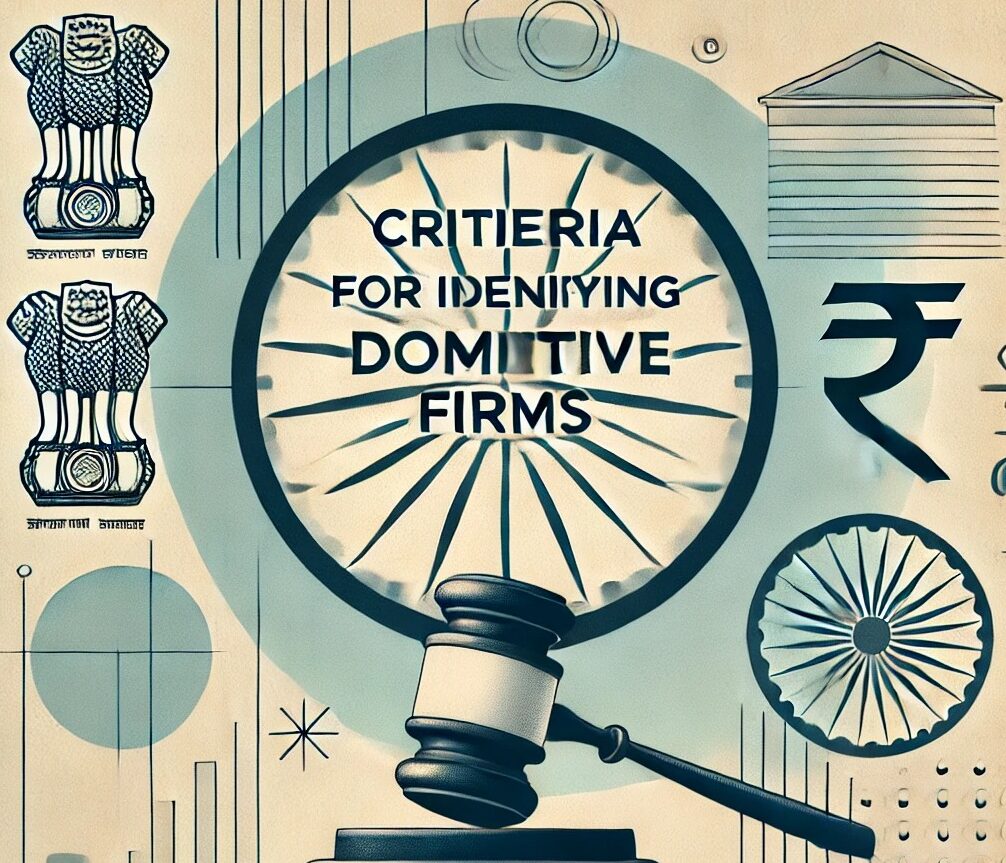By Adv Siddharth Narang, Partner Agreya Legal
The Competition Act of 2002 states that ‘Dominant position’ of a group or enterprise refers to a strong position held by it in the relevant market in India, allowing it to operate independently of market competition or influence competitors, consumers, or the market in its favour.
While dominance, in and of itself, is not inherently bad, its misuse is a cause for concern. Abuse occurs when an enterprise or a group of enterprises leverages its dominant position in the relevant market in a manner that is exclusionary and/or exploitative.
The legislation under section 4 provides a comprehensive list of practices that qualify as an abuse of dominant position, thereby expressly prohibiting such conduct.
Abuse occurs only when such practices are adopted by an enterprise enjoying a dominant position in the relevant market in India.
The evaluation of abuse is based on specific types of actions carried out by a dominant enterprise, all of which are outlined in the Act and prohibited by law.
To establish the dominance of a firm, it is imperative to define the relevant market. This involves determining the relevant product market, the relevant geographic market, or both, collectively forming the constituents of the relevant market.
Under section 19(4) of the Competition Act, the Commission, in determining whether an enterprise holds a dominant position under section 4, takes into account various factors. Here are the detailed points for each factor:
- Examines the percentage of the market controlled by the enterprise.
- Considers the overall size and resources of the enterprise.
- Evaluates the size and significance of competitors in the market.
- Assesses the economic power of the enterprise, including any commercial advantages over competitors.
- Analyzes whether the enterprise is vertically integrated or has an extensive sales or service network.
- Takes into account the degree to which consumers depend on the enterprise.
- Examines whether the monopoly or dominant position is acquired through a statute, government ownership, or as a public sector undertaking.
- Considers creation of entry barriers hindering new entrants, like regulatory barriers, financial risk, capital costs, marketing, technical, and economies of scale, and high cost of substitutable goods or services for consumers;
- Looks at the ability of buyers to counterbalance the power of the dominant enterprise.
- Evaluates the structure and overall size of the market.
- Considers any social obligations and associated costs.
- Examines the contribution of the dominant enterprise to economic development and whether its conduct has an appreciable adverse effect on competition.
- Any other factor

